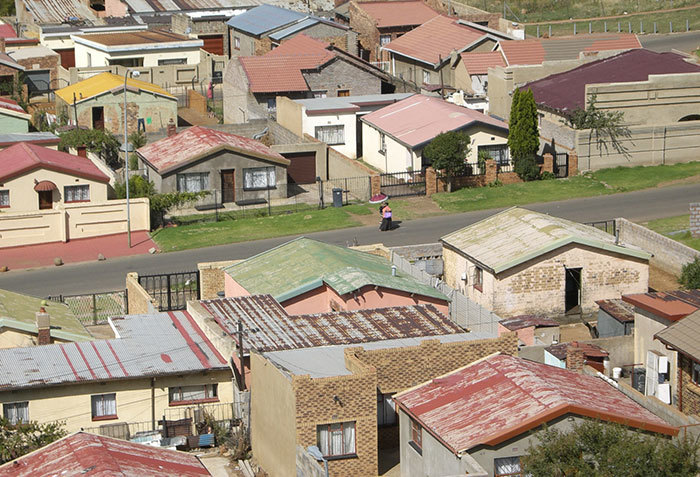Unique insights into South Africa's income dynamics
22 September 2014
The National Income Dynamics Study (NIDS), implemented at UCT and funded by the Presidency, collects data on the same 28 000 South Africans wherever they move in the country. Individuals are visited and information on their income, education, family, health and wellbeing is collected. NIDS has been doing this in 'waves' of every two years since 2008, and by also interviewing all the people living with the target sample, contacts over 40 000 people at a time.
"NIDS exists to tell a unique story about who is getting ahead in South Africa and who isn't," says Mike Brown, the director of operations. "And not just who, but also why; by following the lives of individuals and their families, it offers a unique insight into what makes positive and negative impacts on the lives of South Africans. It is there as a robust tool to inform economic research and the policy-influencers and -makers who shape the lives of South Africans."
In addition to reaching the academic community, NIDS has an outreach programme to government departments and other learning institutions, helping inform policy and further research.
By recording the story of individuals over time, NIDS has shown, for example, how dynamic poverty is. Whereas the data shows a slight aggregate fall in the poverty rate, NIDS shows that nearly half of the people below the poverty line in 2008 were above it in 2010 and/or 2012. At the other end of the scale, one in three of those above the poverty line in 2008 fell below it in 2010 and/or 2012.
"It is only with longitudinal data that one can observe the extent of the fluctuations in people's incomes," says Brown.
Photo courtesy of courtesy of NIDS.
 This work is licensed under a Creative Commons Attribution-NoDerivatives 4.0 International License.
This work is licensed under a Creative Commons Attribution-NoDerivatives 4.0 International License.
Please view the republishing articles page for more information.
Faculty Focus - Commerce
Books
News
Front page
Previous Editions










